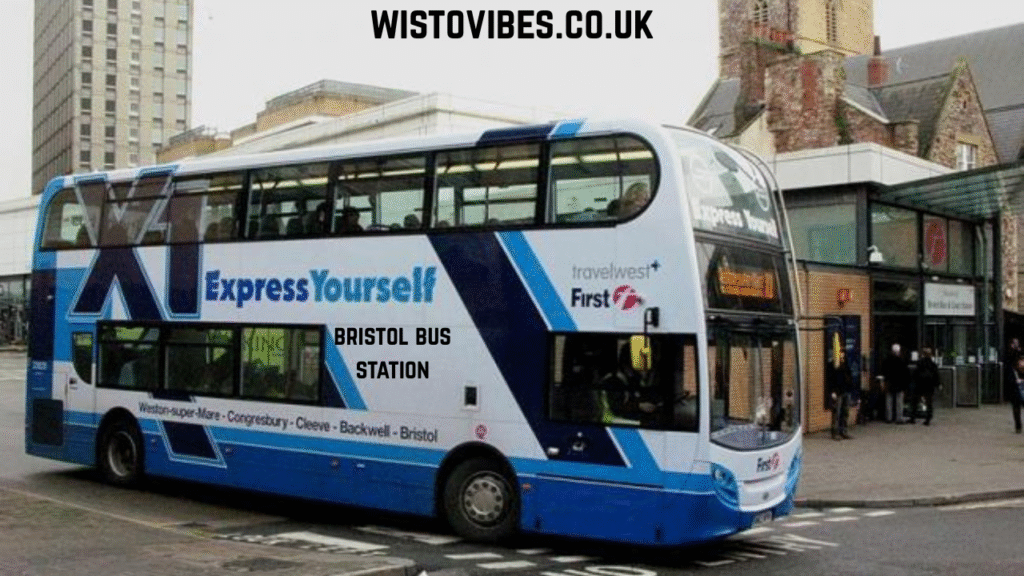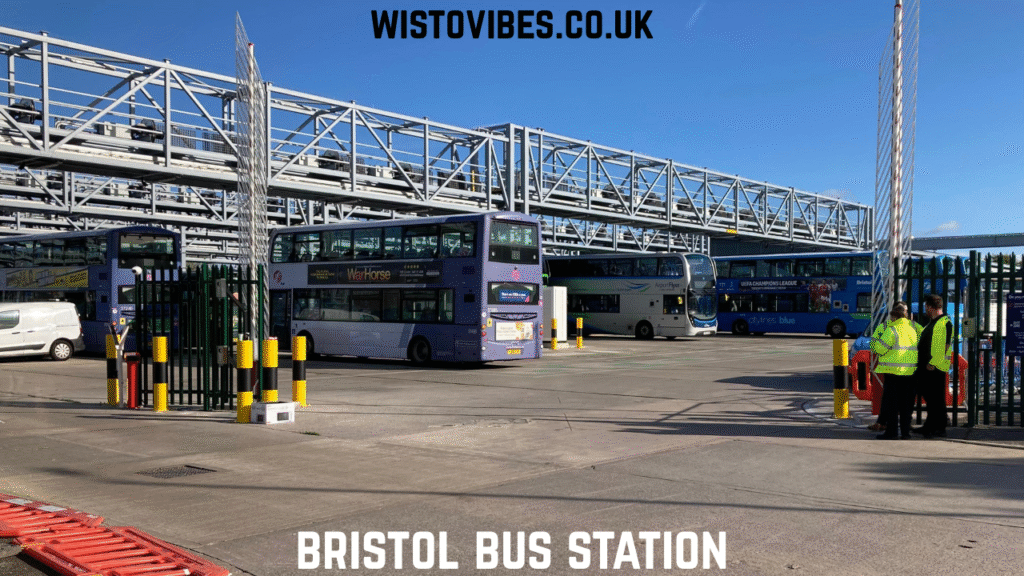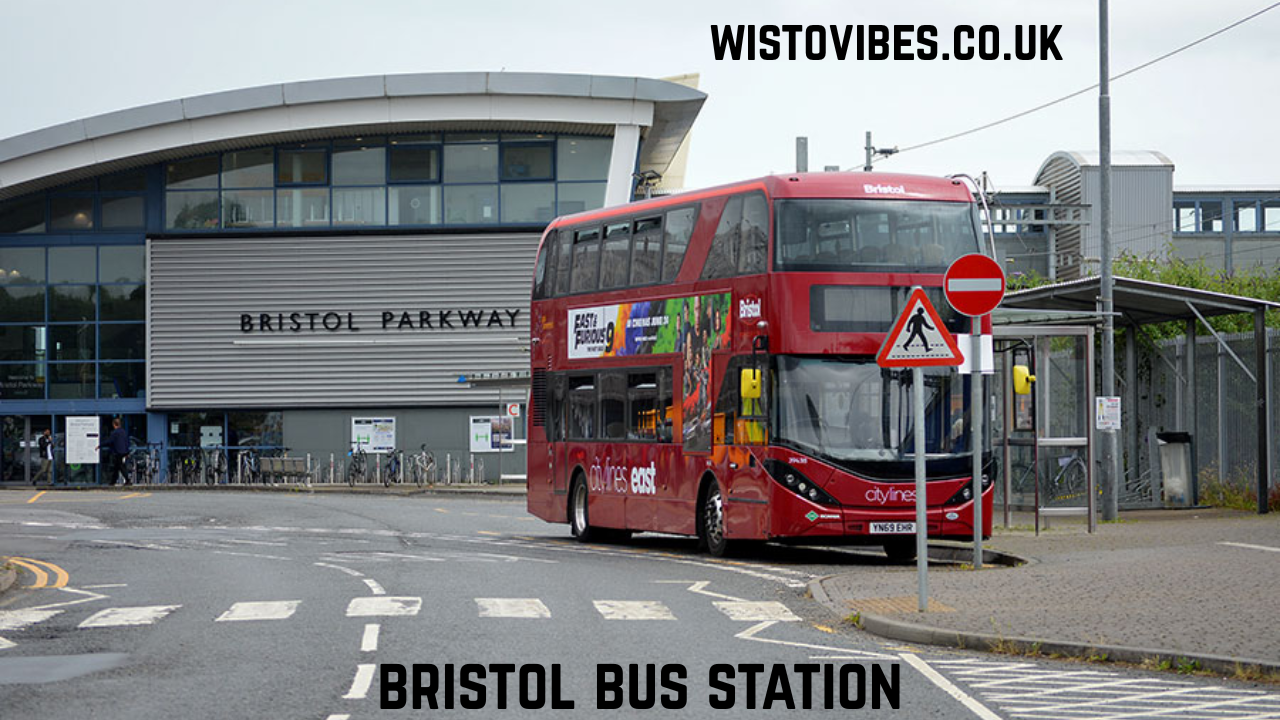Bristol Bus Station stands as one of the most important transport centers in the South West of England, serving as a vital gateway to the city and beyond. Situated conveniently near the bustling Broadmead shopping area and close to major landmarks, the station operates as a major interchange for thousands of commuters, travelers, and tourists every day. It connects Bristol with cities such as London, Birmingham, Cardiff, and Manchester, as well as local towns and rural areas across Somerset, Gloucestershire, and South Wales. The station’s strategic location and modern design make it an essential part of Bristol’s urban infrastructure. Over the years, Bristol Bus Station has evolved from a simple terminal to a modernized facility offering a range of passenger services, reflecting the city’s growth and its commitment to sustainable, efficient transport. It is not just a place for arrivals and departures; it symbolizes the movement, culture, and rhythm of Bristol itself.
Modern Facilities and Passenger Comfort at Bristol Bus Station

The facilities at Bristol Bus Station are thoughtfully designed to provide maximum comfort and convenience to passengers. Inside the main terminal, travelers will find a spacious concourse with clear digital displays showing bus timetables and departure gates, ensuring smooth navigation. Seating areas are ample, providing comfort for those waiting for longer journeys, while amenities such as public restrooms, accessible toilets, and baby-changing facilities cater to all needs. The station also offers a range of shops, cafés, and vending machines where passengers can grab a snack or a drink before boarding. Ticket counters and self-service machines allow for easy booking and ticket collection, while the customer service desk provides guidance on routes, schedules, and lost property. The station’s design emphasizes cleanliness, security, and accessibility, ensuring that every traveler—whether a local commuter or an international visitor—experiences a smooth and pleasant journey.
Accessibility and Safety Standards at Bristol Bus Station
Accessibility and passenger safety are central to the operation of Bristol Bus Station. The entire station is designed to accommodate people with disabilities, featuring level entrances, ramps, tactile paving for the visually impaired, and lifts connecting different areas. Bus bays are designed with safety barriers and clear signage to ensure smooth boarding and alighting. The management team has installed CCTV cameras throughout the station for enhanced security, and the presence of staff and security personnel ensures assistance is available at all hours of operation. Emergency services are easily reachable, and the station follows all modern safety protocols. These features demonstrate Bristol’s ongoing commitment to creating an inclusive and secure travel environment for everyone. Whether traveling during busy rush hours or late-night departures, passengers can feel safe knowing that every precaution has been taken to protect their wellbeing.
Transport Connections and Routes from Bristol Bus Station

Bristol Bus Station connects to an extensive network of local, regional, and national bus services, making it one of the busiest transport hubs outside London. Locally, it serves key destinations such as Clifton, Bedminster, Temple Meads, Filton, and Southmead, operated mainly by First West of England and Stagecoach. Regional services extend to Bath, Weston-super-Mare, Taunton, and Gloucester, while national coach operators like National Express and Megabus provide long-distance routes to major UK cities. The proximity of Bristol Temple Meads railway station, located just a short distance away, allows easy transfers between bus and rail travel, offering passengers multiple options for reaching their destinations. With buses running frequently and timetables optimized for efficiency, Bristol Bus Station serves as the beating heart of the city’s transport network, ensuring seamless connectivity for daily commuters, students, and travelers exploring the South West region.
Sustainability and Green Initiatives at Bristol Bus Station
In keeping with Bristol’s reputation as a green city, Bristol Bus Station has implemented several environmentally friendly initiatives aimed at reducing its carbon footprint. The introduction of hybrid and electric buses across several routes highlights the city’s commitment to sustainable transport. The station’s modern infrastructure includes energy-efficient lighting, recycling stations, and waste management systems that minimize environmental impact. Bus operators have also introduced cleaner engines, promoting better air quality across the city. Bristol City Council, in collaboration with local transport companies, continues to develop plans to enhance public transport sustainability, such as promoting electric vehicle charging points and encouraging passengers to choose buses over private cars. Bristol Bus Station stands as a proud example of how urban transport hubs can contribute positively to environmental goals while maintaining high levels of service efficiency and passenger comfort.
The Role of Bristol Bus Station in Tourism and Local Economy

Beyond serving as a transportation hub, Bristol Bus Station plays a crucial role in supporting the local economy and tourism industry. Many visitors to Bristol begin their journey through the bus station, which provides easy access to major tourist attractions such as the Clifton Suspension Bridge, Bristol Harbour, Cabot Circus, and the SS Great Britain. The station’s central location also benefits nearby businesses, restaurants, and hotels, contributing significantly to the city’s commercial activity. Furthermore, its connection to Bristol Airport via dedicated bus routes ensures smooth travel for international visitors and business travelers. The station’s efficiency and modern facilities make it an inviting gateway for newcomers, leaving a positive first impression of the city. In this way, Bristol Bus Station not only moves people but also drives economic and cultural exchange throughout the region.
Historical Development and Evolution of Bristol Bus Station
The story of Bristol Bus Station reflects the broader transformation of public transport in the city over the past century. Earlier versions of the station were smaller and more functional, serving limited routes within the city. As Bristol grew, so did the demand for a centralized transport hub that could accommodate expanding passenger numbers and modern bus fleets. The current Bristol Bus Station, opened in the early 2000s after extensive redevelopment, features a contemporary architectural design with glass façades and improved passenger facilities. This modernization project represented a new era of transport efficiency and civic pride, aligning with Bristol’s development as one of the UK’s most dynamic cities. The station’s evolution continues today as technology, sustainability, and passenger expectations drive ongoing improvements, making it a symbol of progress and innovation in urban transport.
Daily Operations and Management of Bristol Bus Station
Behind the smooth operation of Bristol Bus Station is a dedicated management team that oversees daily schedules, maintenance, safety, and customer service. The coordination between multiple bus operators requires careful planning to ensure timetables run efficiently and delays are minimized. Maintenance teams keep the station clean, functional, and presentable throughout the day, while security personnel ensure that the environment remains safe for passengers. The management also collaborates with Bristol City Council and local transport authorities to improve services and address passenger feedback. This behind-the-scenes work is essential in maintaining the reputation of Bristol Bus Station as a reliable and professional transport hub. The high standards of cleanliness, order, and efficiency reflect the city’s dedication to providing world-class infrastructure for its residents and visitors alike.
Future Developments and Improvements for Bristol Bus Station
Looking ahead, Bristol Bus Station is set to continue evolving to meet future transport demands. Plans include upgrading passenger information systems with real-time digital updates, expanding facilities for electric buses, and introducing more eco-friendly materials in station design. Improved integration with Bristol’s metrobus network and cycling routes will make multimodal travel easier and more efficient. Future projects may also include expanding waiting areas, enhancing accessibility for passengers with special needs, and increasing digital ticketing options. These developments reflect the city’s long-term vision of building a smart, sustainable transport system that reduces congestion and encourages public transit use. Bristol Bus Station’s adaptability and forward-thinking approach will ensure that it remains at the forefront of transport innovation in the region for years to come.
Conclusion
Bristol Bus Station continues to play a vital role in the daily life of the city. It is more than just a point of departure; it is a space that connects people, supports businesses, and reflects Bristol’s dynamic energy. The station’s modern facilities, sustainable design, and efficient services make it an essential part of Bristol’s transport ecosystem.
FAQs
Q1. Where is Bristol Bus Station located?
Bristol Bus Station is centrally located on Marlborough Street, near Broadmead and Cabot Circus.
Q2. Which bus companies operate at Bristol Bus Station?
Major operators include First West of England, Stagecoach, National Express, and Megabus.
Q3. Are there facilities for disabled passengers?
Yes, the station is fully accessible, with lifts, ramps, and accessible restrooms.
Q4. Does Bristol Bus Station connect to the airport?
Yes, dedicated airport buses link the station directly to Bristol Airport.
Q5. What are the future plans for Bristol Bus Station?
Future improvements include more electric buses, better digital information systems, and expanded passenger areas.
Read More: Knockbracken Healthcare Park A Complete Overview of Belfast Mental Health and Rehabilitation Centre




